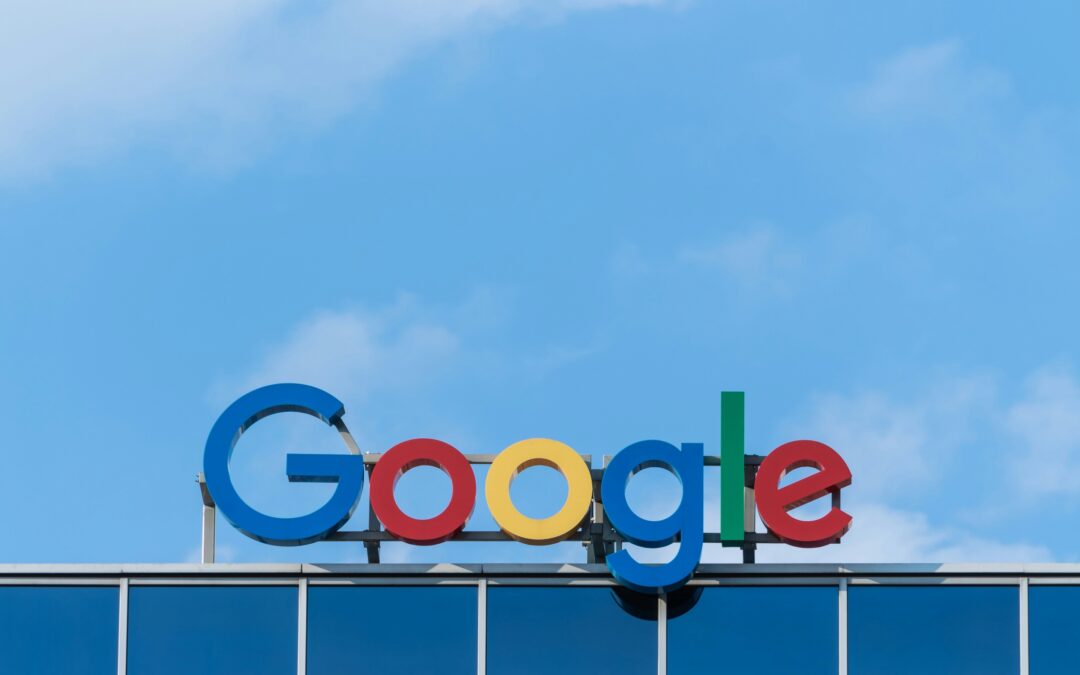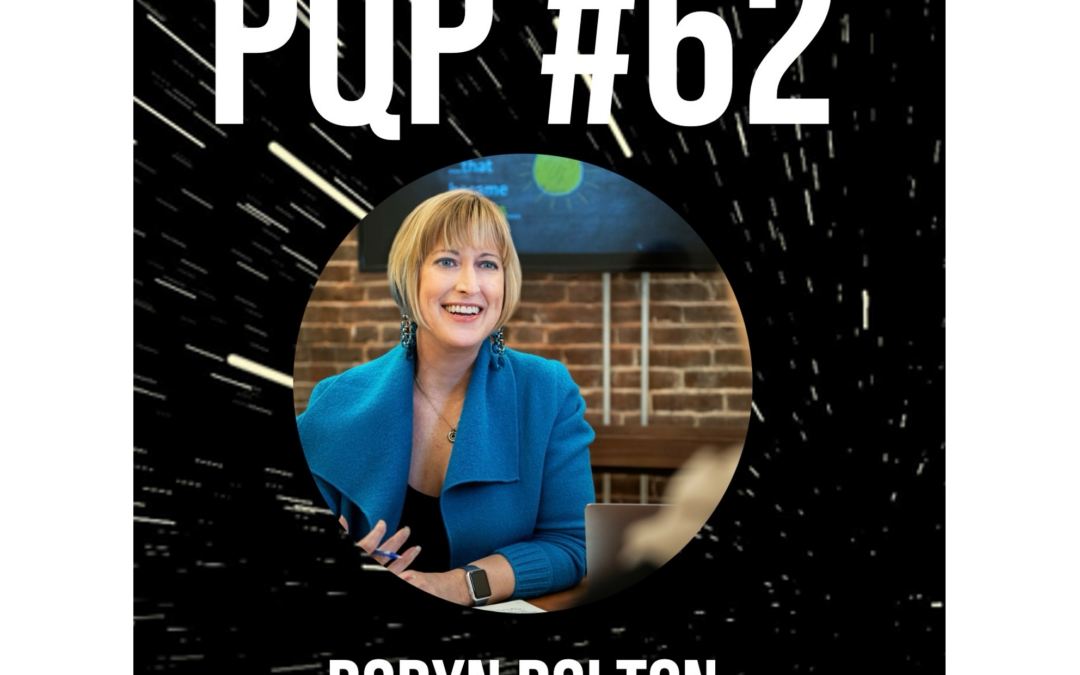
by Robyn Bolton | Jun 5, 2024 | Innovation, Leadership
Purpose. Goal. Mission. You hear these words a lot this time of year. Not because it’s the start of the annual business planning cycle but because it’s graduation season.
Across the country, commencement speakers and wise family members espouse the importance of having a purpose to guide and sustain graduates as they set out on their next adventures.
All the talk of purpose can feel overwhelming, especially as you listen to graduates’ wide-eyed optimism about how they will change the world while stewing in an existential crisis that makes you wonder if you even have a purpose.
You do.
And part of that purpose is finding and creating purpose.
What is “Purpose?’
Purpose hasn’t reached buzzword status, but it’s close, so let’s start with a definition, or three, courtesy of The Britannica Dictionary:
- the reason why something is done or used: the aim or intention of something – The purpose of innovation is to create value
- the feeling of being determined to do or achieve something – The team worked with purpose
- the aim or goal of a person: what a person is trying to do, become, etc. – He knew from a young age that her sole purpose in life was to be an orthodontist
Three different definitions of purpose. Three questions that it’s part of your purpose to ask.
“What’s THE purpose?”
Innovation is all about creating value. Sometimes, to create value, you need to do new things. Sometimes, you need to stop doing things. It’s hard to tell the difference if you don’t ask.
That’s why innovative leaders are curious. You aren’t afraid to ask, “What’s the purpose of this product/process/meeting/decision/(fill in the blank).” You want to know “why something is done or used,” and they know that the best way to figure that out is by asking.
You ask this question at least once a day. When you ask it, you’re genuinely curious about the answer. After all, we’ve all experienced people and cultures that weaponize questions – “Johnny, is that where the scissors go?” or “Why did you think that was a good idea?” – and you reassure people that you’re asking a genuine question, even if they should know that by your tone.
“What’s OUR purpose?”
Innovation is hard. You live in ambiguity and uncertainty. You fail (learn) more often than you succeed. You are told “No” and “Stop” more than “Yes,” “Keep going,” and “Thank You.”
Innovators are courageous. You do the hard work of innovation because you are “determined to do or achieve something.”
You also know that sustaining courage and purpose requires a team.
You aren’t fooled by the myth of the lone genius. After all, Thomas Edison worked with as many as 200 people in his West Orange lab. Heck, even Steve Jobs needed Sir Jony Ive (and a few hundred other people) to bring his vision of “1,000 songs in your pocket” to life.
“What’s MY purpose?”
Innovation takes a long time. Change happens gradually, then suddenly. We chose to preserve what we have, rather than take a risk to get more.
Innovators are committed. You are patient for change, steadfast in the face of resistance, and optimistic when others are afraid because of your “aim or goal…what [you are] trying to do, become, etc.”
Even if you can’t articulate it in a grand statement or simple, pithy soundbite, you have a purpose. As Viktor Frankl wrote, “Those who have a ‘why’ to live, can bear with almost any ‘how’.”
Three Purposes. Three questions
Even if you lack the wide-eyed optimism of a new graduate and feel like you spend most days just muddling through life, because you are here, you have a purpose. So tell me:
- When was the last time you were curious and asked, “What’s the purpose of (artifact of the status quo)?”
- When was the last time you were courageous and used your feeling of determination to inspire others to join your purpose, overcome obstacles, and get something done?
- When was the last time you had to dig deep, rediscover your purpose, and reinforce your commitment so that you could bear and overcome the “how?”

by Robyn Bolton | May 3, 2024 | Innovation, Leadership, Stories & Examples
You know the stories. Kodak developed a digital camera in the 1970s, but its images weren’t as good as film images, so it ended the project. Decades later, that decision ended Kodak. Blockbuster was given the chance to buy Netflix but declined due to its paltry library of titles (and the absence of late fees). A few years later, that decision led to Blockbuster’s decline and demise. Now, in the age of AI, disruption may be about to claim another victim – Google.
A very brief history of Google’s AI efforts
In 2017, Google Research invented Transformer, a neural network architecture that could be trained to read sentences and paragraphs, pay attention to how the words relate to each other, and predict the words that would come next.
In 2020, Google developed LaMDA, or Language Model for Dialogue Applications, using Transformer-based models trained on dialogue and able to chat.
Three years later, Google began developing its own conversational AI using its LaMDA system. The only wrinkle is that OpenAI launched ChatGPT in November 2022.
Now to The Financial Times for the current state of things
“In early 2023, months after the launch of OpenAI’s groundbreaking ChatGPT, Google was gearing up to launch its competitor to the model that underpinned the chatbot.
.
The search company had been testing generative AI software internally for several months by then. But as the company rallied its resources, multiple competing models emerged from different divisions within Google, vying for internal attention.”
That last sentence is worrying. Competition in the early days of innovation can be great because it pushes people to think differently, ask tough questions, and take risks. But, eventually, one solution should emerge as superior to the others so you can focus your scarce resources on refining, launching, and scaling it. Multiple models “vying for internal attention” so close to launch indicate that something isn’t right and about to go very wrong.
“None was considered good enough to launch as the singular competitor to OpenAI’s model, known as ChatGPT-4. The company was forced to postpone its plans while it tried to sort through the scramble of research projects. Meanwhile, it pushed out a chatbot, Bard, that was widely viewed to be far less sophisticated than ChatGPT.”
Nothing signals the threat of disruption more than “good enough.” If Google, like most incumbent companies, defined “good enough” as “better than the best thing out there,” then it’s no surprise that they wouldn’t want to launch anything.
What’s weird is that instead of launching one of the “not good enough” models, they launched Bard, an obviously inferior product. Either the other models were terrible (or non-functional), or different people were making different decisions to achieve different definitions of success. Neither is a good sign.
“When Google’s finished product, Gemini, was finally ready nearly a year later, it came with flaws in image generation that CEO Sundar Pichai called ‘completely unacceptable’ – a let-down for what was meant to be a demonstration of Google’s lead in a key new technology.”
“A let-down” is an understatement. You don’t have to be first. You don’t have to be the best. But you also shouldn’t embarrass yourself. And you definitely shouldn’t launch things that are “completely unacceptable.”
What happens next?
Disruption takes a long time and doesn’t always mean death. Blackberry still exists, and integrated steel mills, one of Clayton Christensen’s original examples of disruption, still operate.
AI, LLMs, and LaMDAs are still in their infancy, so it’s too early to declare a winner. Market creation and consumer behavior change take time, and Google certainly has the knowledge and resources to stage a comeback.
Except that that knowledge may be their undoing. Companies aren’t disrupted because their executives are idiots. They’re disrupted because their executives focus on extending existing technologies and business models to better serve their best customers with higher-profit offerings. In fact, Professor Christensen often warned that one of the first signs of disruption was a year of record profits.
In 2021, Google posted a profit of $76.033 billion. An 88.81% increase from the previous year.
2022 and 2023 profits have both been lower.




